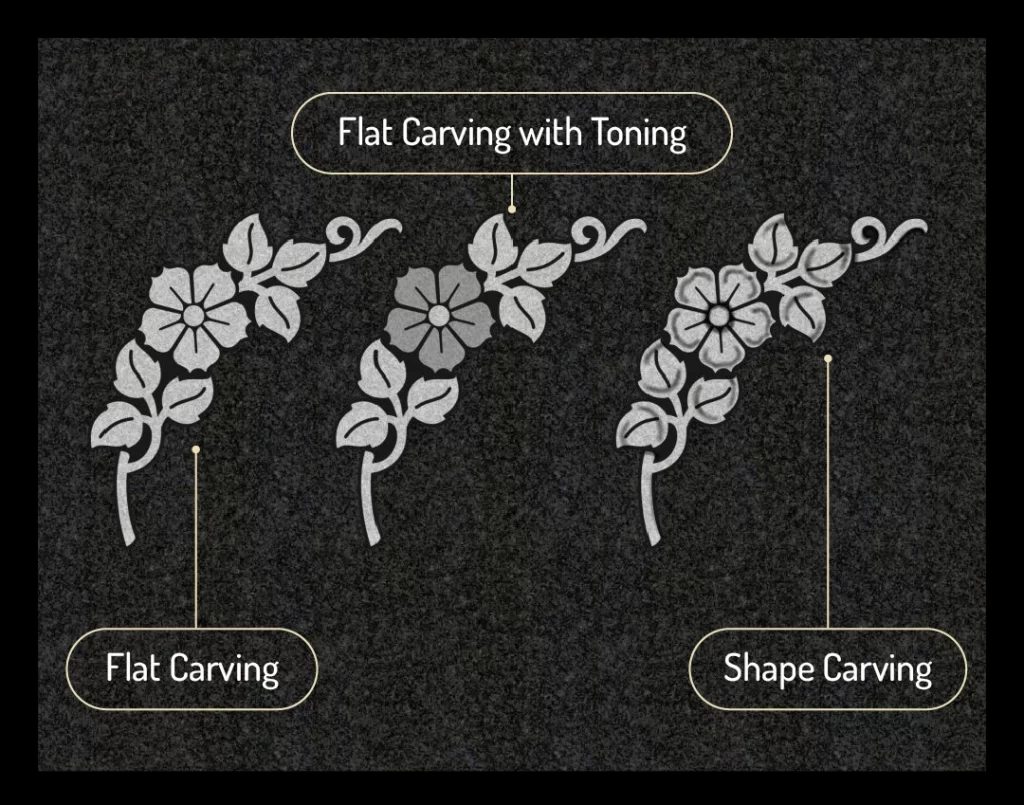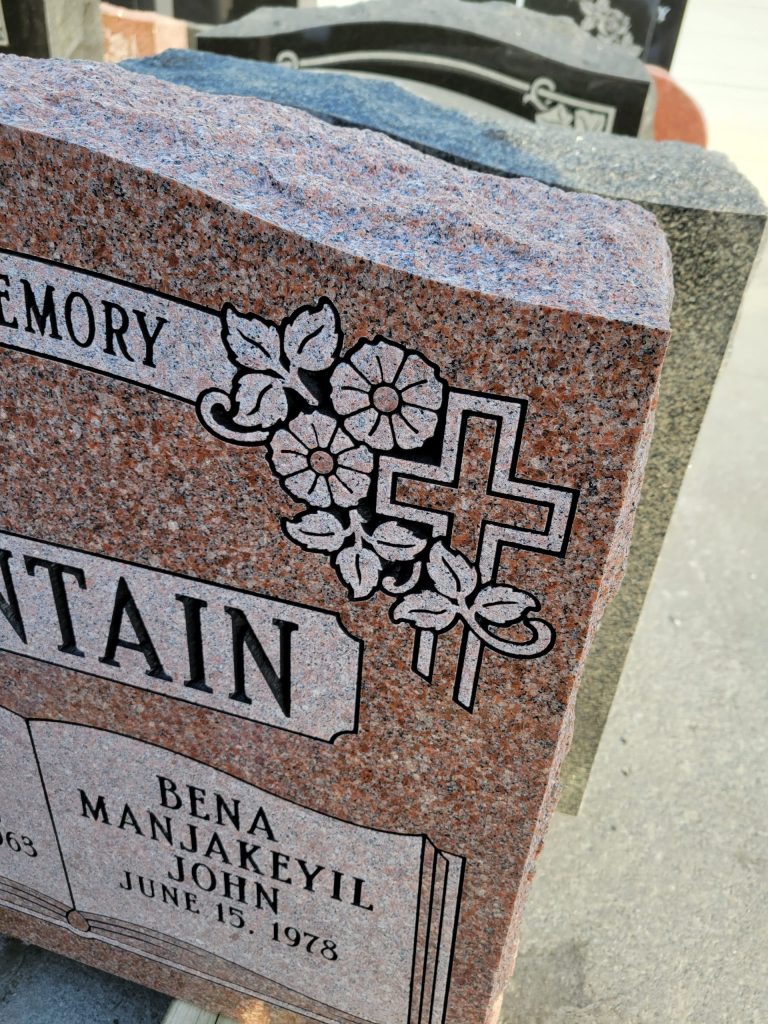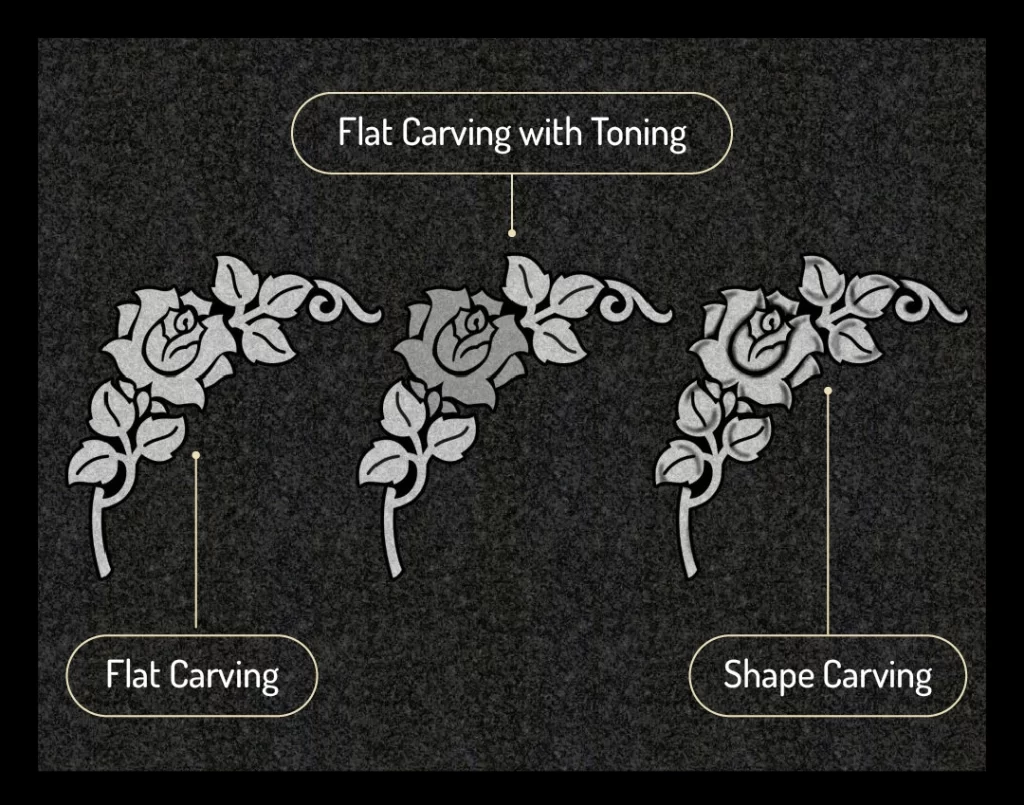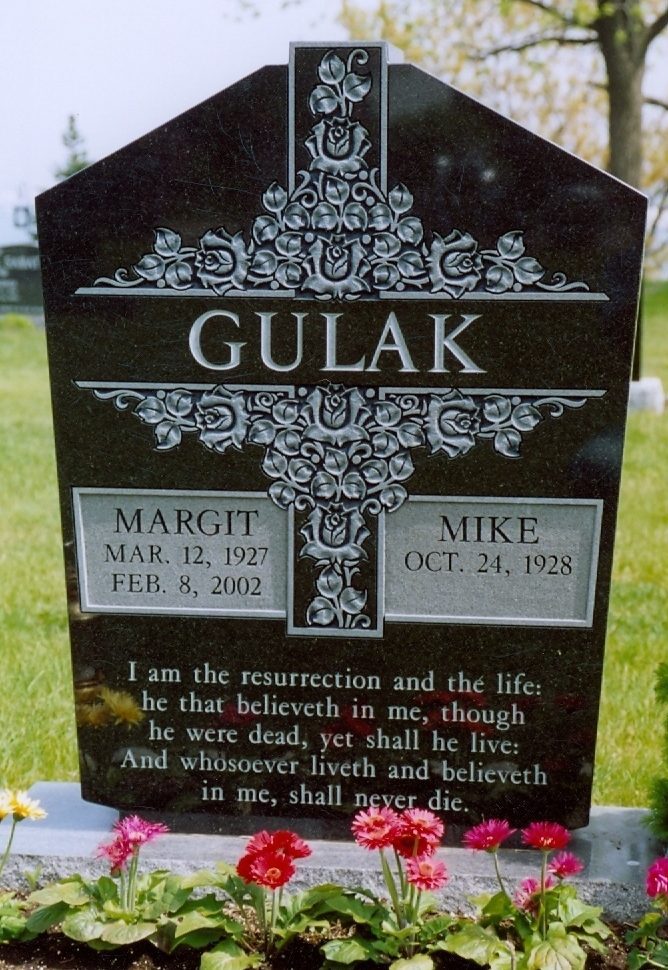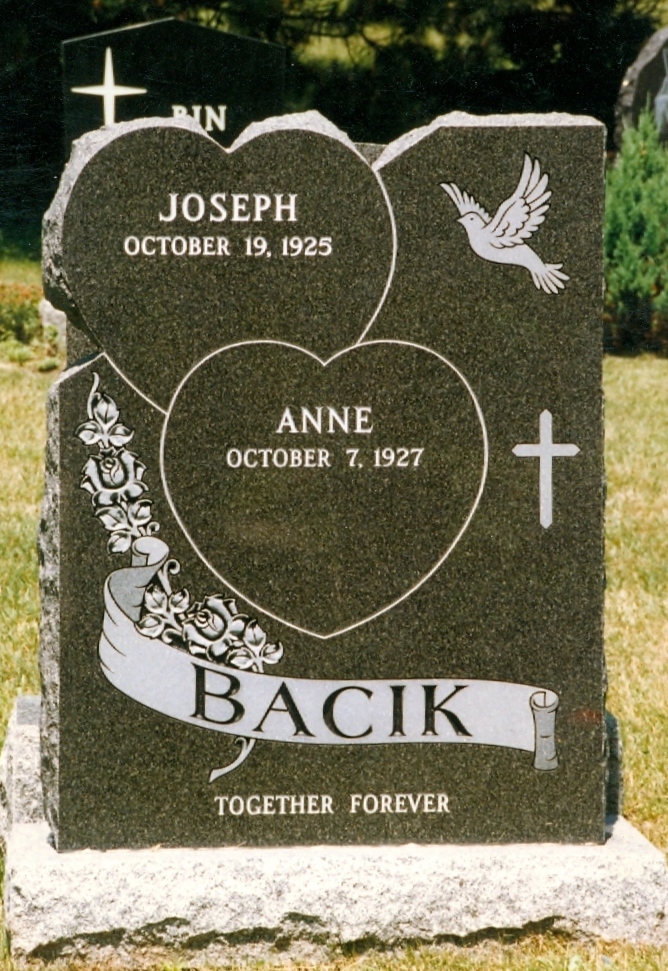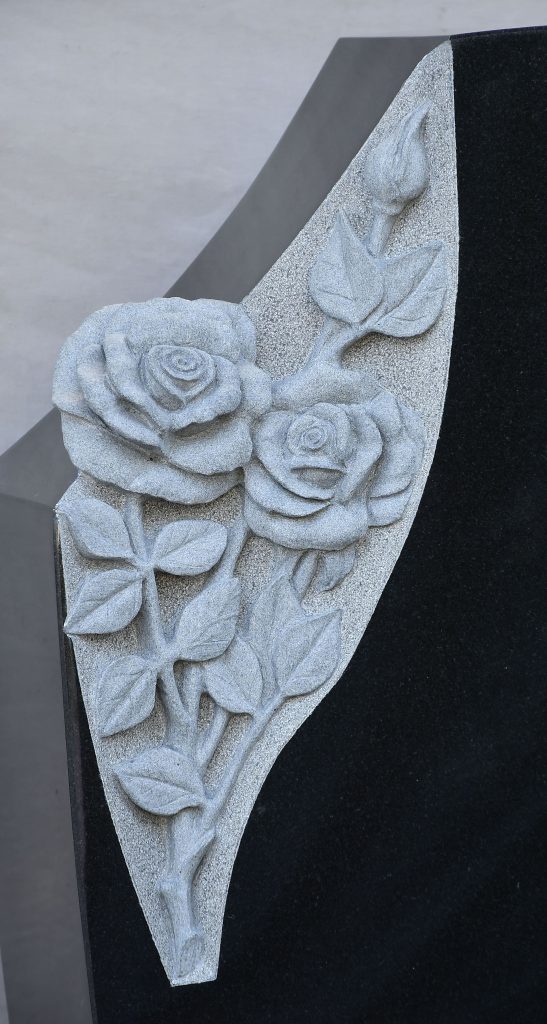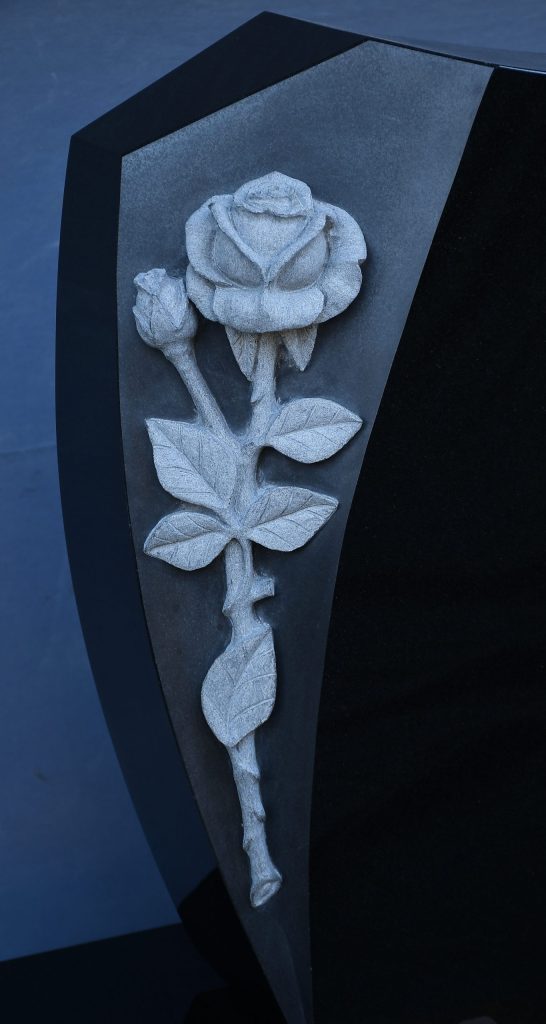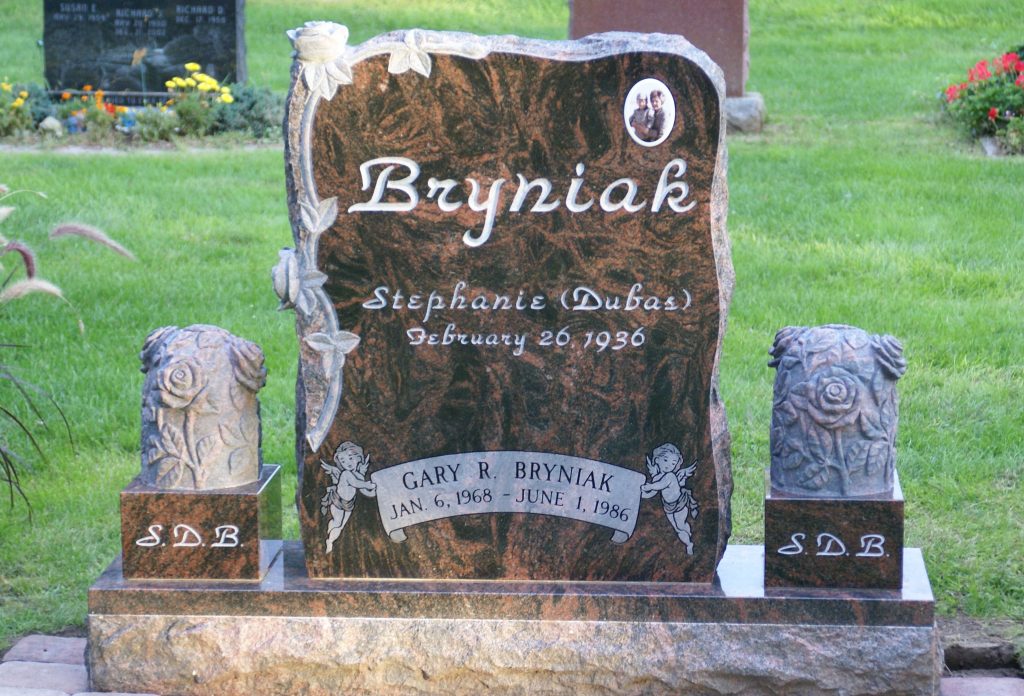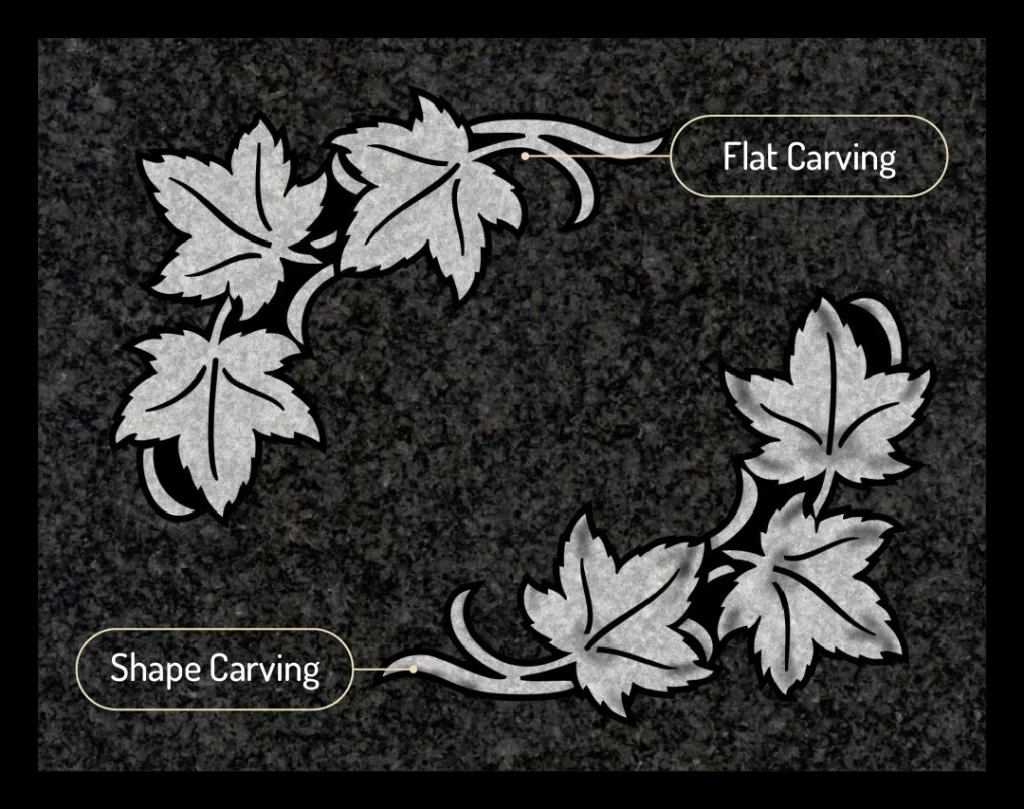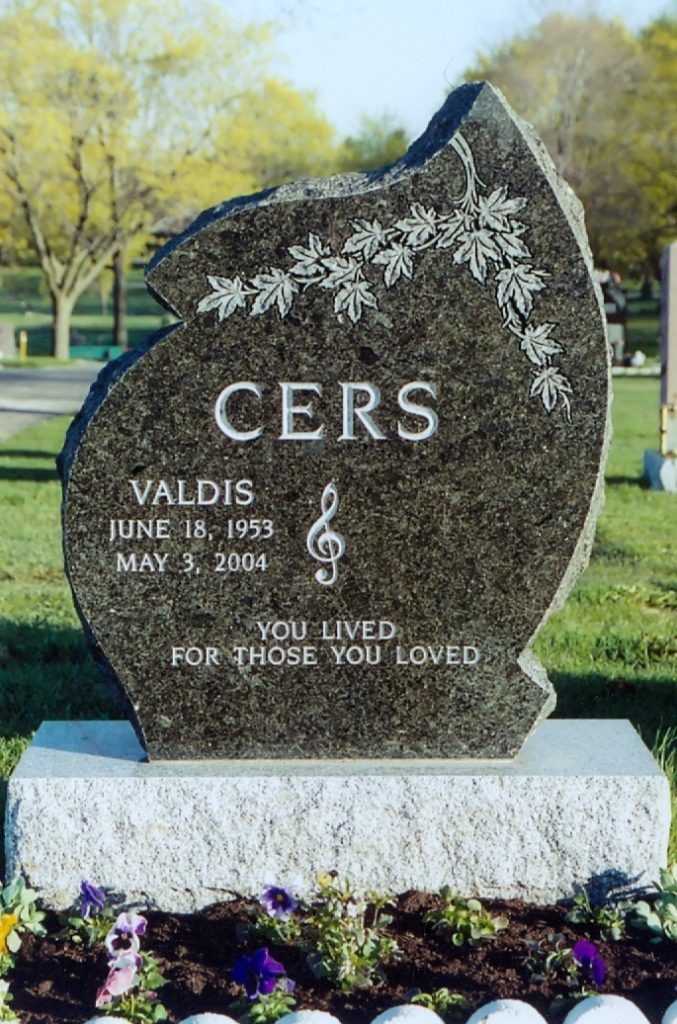At HGH we’ve had the privilege of working on many cemetery memorials and landmarks over the years. Each project is unique, but one constant is the importance of choosing the right type of carving to bring each piece to life.
In this blog, we’re going to look at the three primary types of granite carving:
- Flat Carving
- Shape Carving
- Sculpting
Understanding the differences between these techniques is key for anyone involved in commissioning these pieces.
What is granite carving?
In general terms, granite carving is the process of shaping our favourite rock into various forms, designs, or artworks.
Craftspeople use specialised tools, such as sandblasting, chisels, hammers, and pneumatic tools, to remove material from the granite block or slab and gradually create a shape, with desired detail, according to the client’s design.
Granite carving is an age-old technique that’s been practised for centuries. It’s widely used in architectural ornamentation, cemetery monuments, sculptures, and decorative art pieces thanks to granite’s robustness, longevity, and aesthetic appeal.
The granite carving work we do at HGH is mostly the ornamentation or artwork on cemetery memorials – and occasionally some landmarks.
Let’s take a deeper look at the three main techniques…
What is flat carving?
In the above image, on the far left, you can see an example of flat carving. Flat carving is the most straightforward form of granite carving. The process involves carving into the flat surface of the stone, typically removing the polished finish to create a contrast between the design and the stone’s surface.
This method results in minimal detail, focusing on simple, clear shapes.
To enhance visibility, the deeper lines that outline the shapes are usually painted. This technique is ideal for basic designs where clarity and contrast are essential. Above you can see an example of flat carving with toning that we carried out for one of our clients.
Key Points:
- Carved into the flat surface
- Removes polished finish for contrast
- Minimal detail
- Deep lines often painted for emphasis
What is shape carving?
Shape carving begins similarly to flat carving, with the design carved into the stone’s flat surface. In the image above you can see an example of our work, in the carved rose on the far right. However, the process then diverges as the carver employs sandblasting to add details and curves, creating a more three-dimensional effect.
This method allows for more intricate designs compared to flat carving, as it gives the appearance of depth and shadow. The deeper lines in shape carving are also typically painted, which further accentuates the three-dimensional look.
Key Points:
- Starts like flat carving, then adds sandblasted details
- Creates a 3D effect with curves and depth
- Deeper lines painted for shadow effect
- More intricate than flat carving
What is granite sculpting?
Sculpting takes the art of carving to its most advanced level by creating fully three-dimensional forms.
Unlike flat and shape carving, which work on a single plane, sculpting involves carving the granite to produce statues or other 3D objects that can be viewed from multiple angles.
This technique is similar to traditional statuary and requires a high level of skill and artistry. Sculpting is often used for elaborate monuments and memorials that demand a lifelike representation.
Key Points:
- Fully three-dimensional carving
- Produces statues and 3D objects
- High level of skill required
- Used for lifelike representations and elaborate designs
Conclusion
Each method serves a unique purpose and suits different design needs, from the simple and poignant to the intricate and lifelike.
Whether you’re aiming for simplicity, depth, or full three-dimensional realism, each technique offers distinct benefits to honour and memorialise in granite – and that’s what we’re here to help you with.
By understanding the differences between flat carving, shape carving, and sculpting, you can make more informed decisions about the type of carving technique that best suits your memorial (or landmark) needs.
At HGH, we pride ourselves on sourcing the finest granite and providing the best service to our valued clients. If you have a granite carving or sculpting request or project coming up and need some assistance, you can get in touch with our expert team for support and advice today.
